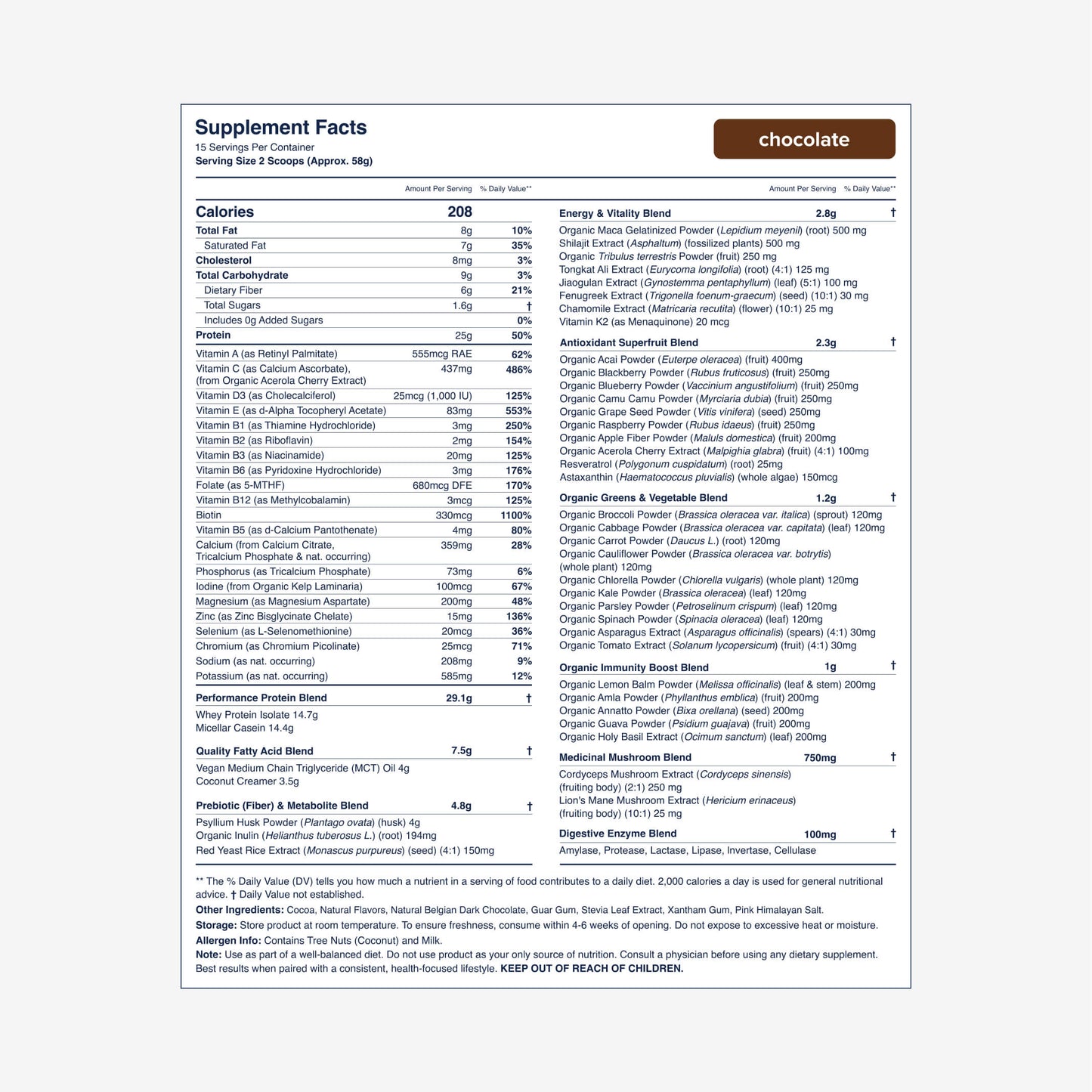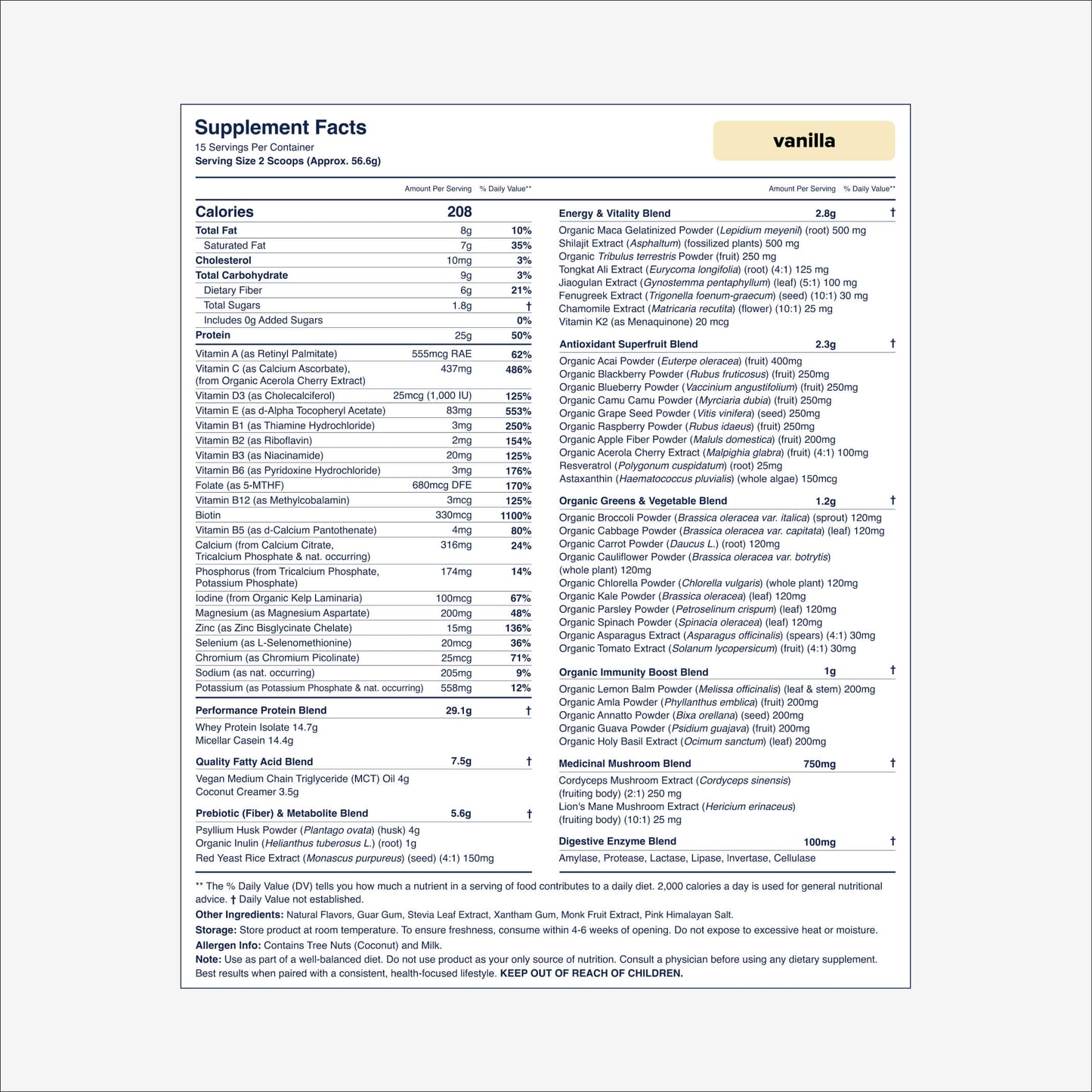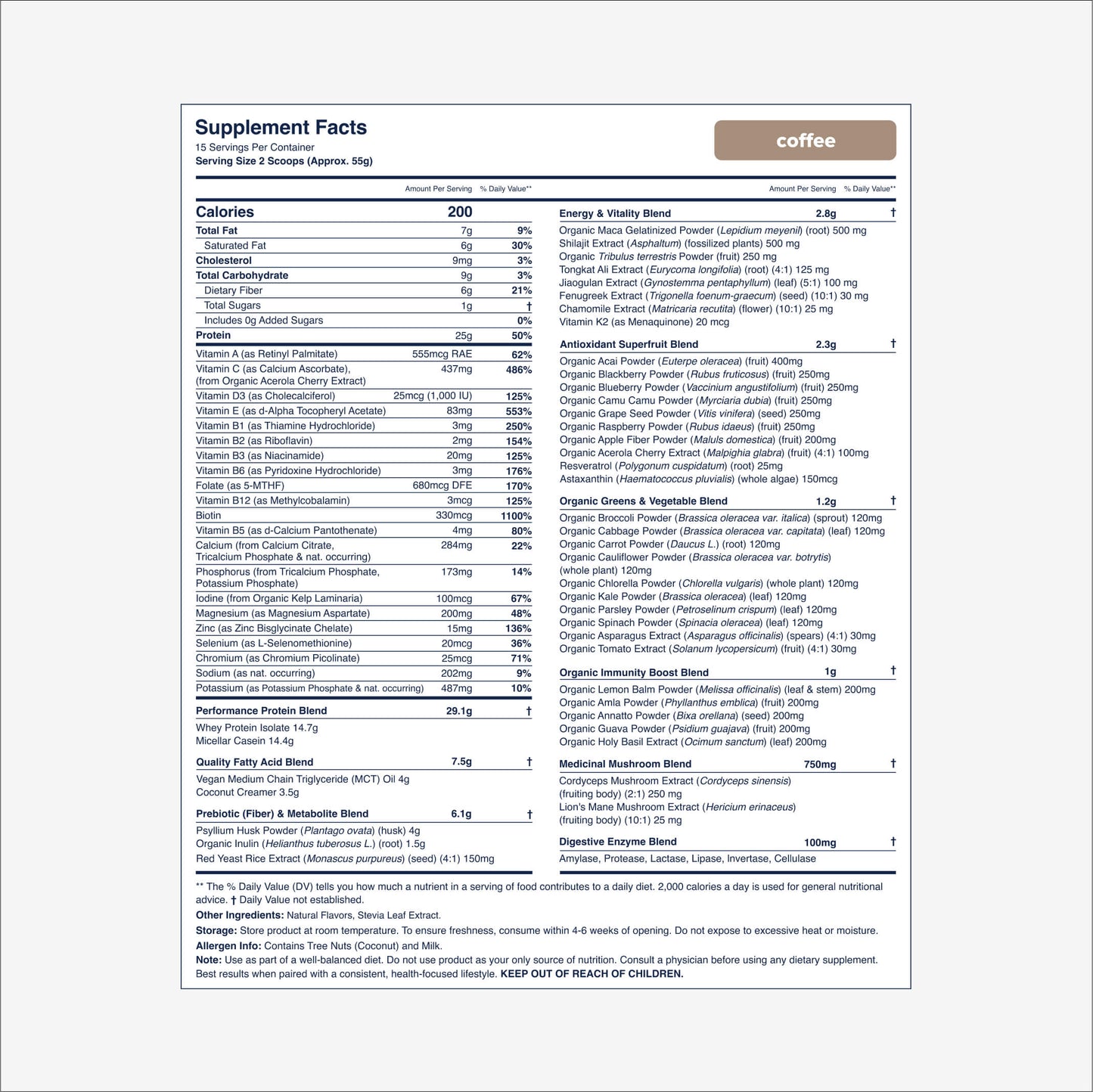Protein is a critical macronutrient for diabetics because it helps manage blood sugar by slowing the digestion of carbohydrates. When consumed with meals, protein moderates the release of glucose into the bloodstream, preventing sharp spikes and crashes that can be dangerous for diabetics. This controlled absorption provides a more stable and sustained energy source throughout the day.
In addition to blood sugar regulation, protein promotes satiety, helping individuals feel fuller for longer. This can assist with portion control and prevent overeating, which is essential for maintaining a healthy weight. Since weight management plays a key role in diabetes control, increasing protein intake can support overall metabolic health.
Furthermore, protein is essential for muscle maintenance and recovery. For diabetics, preserving muscle mass is particularly important because muscle tissue plays a key role in insulin sensitivity. By supporting muscle repair and growth, a high-protein diet can improve the body’s ability to use insulin efficiently, leading to better blood sugar management.
Best Times Of Day To Drink High Protein Shakes For Blood Sugar Control
Morning
Starting your day with a high-protein shake can provide lasting energy and prevent early blood sugar spikes. Protein at breakfast helps you feel fuller longer, reducing the need for carbohydrate-heavy snacks. This is particularly beneficial for diabetics, as it minimizes blood sugar fluctuations throughout the morning. A protein shake in the morning also supports muscle maintenance and overall metabolism.
Post-Workout
After exercise, your body is primed to absorb nutrients efficiently. A high-protein shake can help repair muscles and replenish energy without causing rapid spikes in blood sugar. Since exercise can also temporarily lower blood glucose, pairing it with a protein shake helps maintain balance. It’s a practical option for active dads looking to recover while managing diabetes effectively.
Mid-Afternoon
Blood sugar levels can dip or spike between lunch and dinner, making a mid-afternoon shake a strategic choice. A protein shake at this time provides steady energy and prevents the need for sugary snacks. It also promotes satiety, helping control cravings that may arise later in the day. This consistent energy supply is key to avoiding sudden glucose level changes.
Evening Snack
For some diabetics, blood sugar levels tend to drop overnight. An evening protein shake can offer a balanced, low-carb option that prevents late-night dips in glucose. Protein's slow digestion helps regulate blood sugar while you sleep, making it an excellent addition to your evening routine. It also keeps you satisfied, reducing the temptation for unhealthy nighttime snacking.
How To Incorporate High Protein Shakes Into A Diabetic Diet
Use As A Replacement For Meals Or Snacks
High-protein shakes can be effectively used as a replacement for traditional meals or snacks, especially when managing diabetes. You can reduce the likelihood of blood sugar spikes by opting for a protein shake instead of a carb-heavy meal. These shakes also provide sustained energy, helping you avoid mid-day energy crashes. When consumed as snacks, they deliver essential nutrients without overwhelming your carb intake for the day.
Pair With Fiber-Rich Foods
Combining your high-protein shake with fiber-rich foods like flaxseeds can further stabilize blood sugar. Fiber slows down the digestion process, preventing sharp increases in glucose levels. This is especially beneficial for diabetics who need to stabilize blood sugar over longer periods. The added fiber also improves satiety, keeping you fuller for longer and reducing cravings for high-carb foods.
Choose Low-Sugar, Low-Carb Shakes
Choosing protein shakes that are low in added sugars and carbohydrates is critical. Many commercial shakes contain hidden sugars that can lead to unexpected blood sugar spikes. Opt for products like DADFUEL, designed to provide high protein content without unnecessary carbs or sweeteners. This ensures you meet your nutritional needs without compromising blood sugar control.
Monitor Blood Sugar Levels
After incorporating protein shakes into your diet, monitoring how they affect your blood sugar levels is essential. By checking glucose readings post-consumption, you can gauge your body’s response and adjust accordingly. This practice allows you to determine the optimal timing and portion size of shakes for your unique dietary needs. Continuous monitoring can help maintain a balanced approach to managing nutrition and blood sugar.
Read also:
Sources:
- Lesgards, J.-F. (2023). Benefits of Whey Proteins on Type 2 Diabetes Mellitus Parameters and Prevention of Cardiovascular Diseases. Nutrients, 15(5), 1294. https://doi.org/10.3390/nu15051294
- Gray, A., & Threlkeld, R. J. (2024, April 28). Nutritional recommendations for individuals with diabetes. Nih.gov; MDText.com, Inc. https://www.ncbi.nlm.nih.gov/books/NBK279012/
- BASTURK, B., KOC OZERSON, Z., & YUKSEL, A. (2021). Evaluation of the Effect of Macronutrients Combination on Blood Sugar Levels in Healthy Individuals. Iranian Journal of Public Health, 50(2). https://doi.org/10.18502/ijph.v50i2.5340




 60 Day Better Dad Guarantee
60 Day Better Dad Guarantee
 Fast, Secure Checkout
Fast, Secure Checkout
 Typically Arrives in 2-3 Days
Typically Arrives in 2-3 Days









